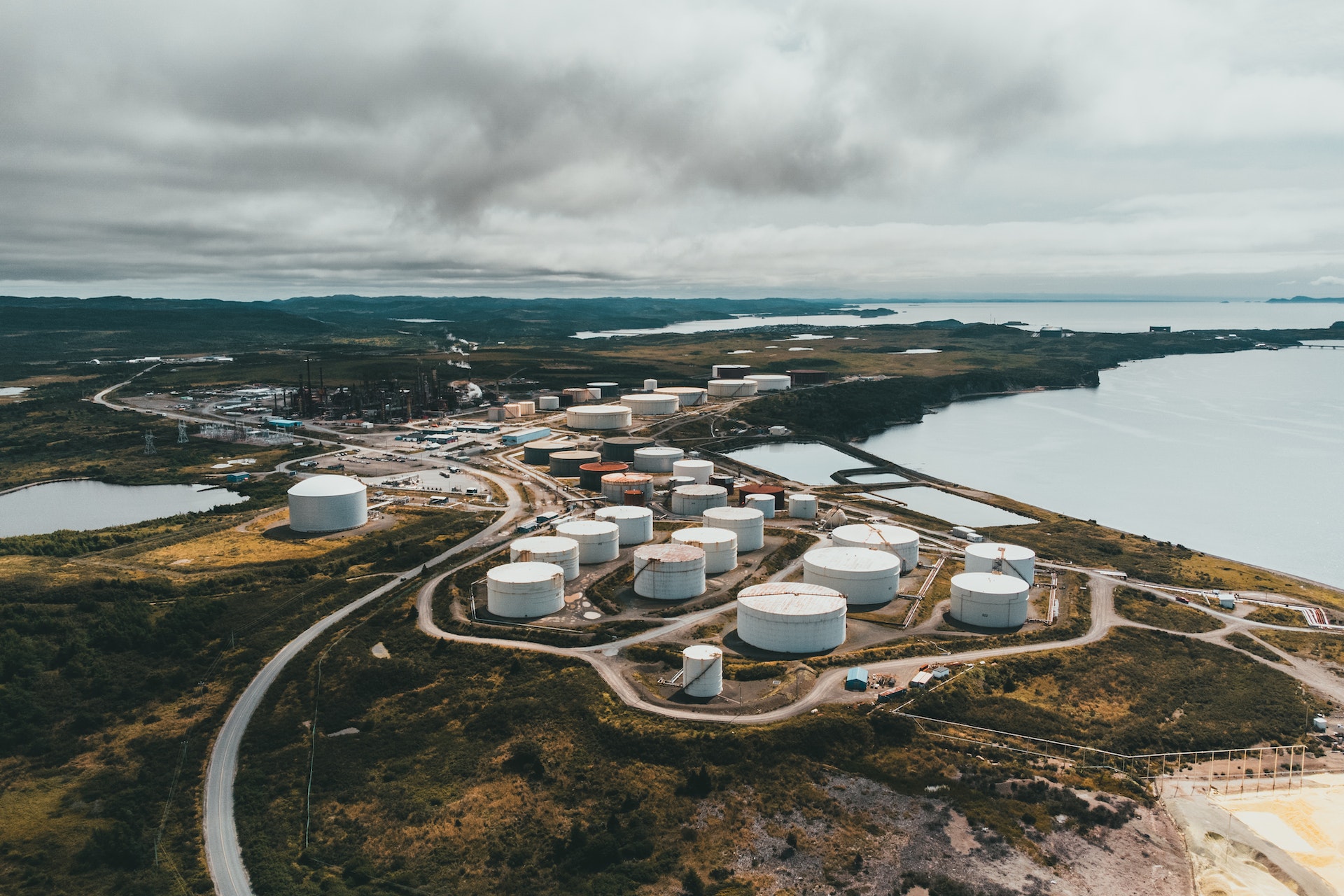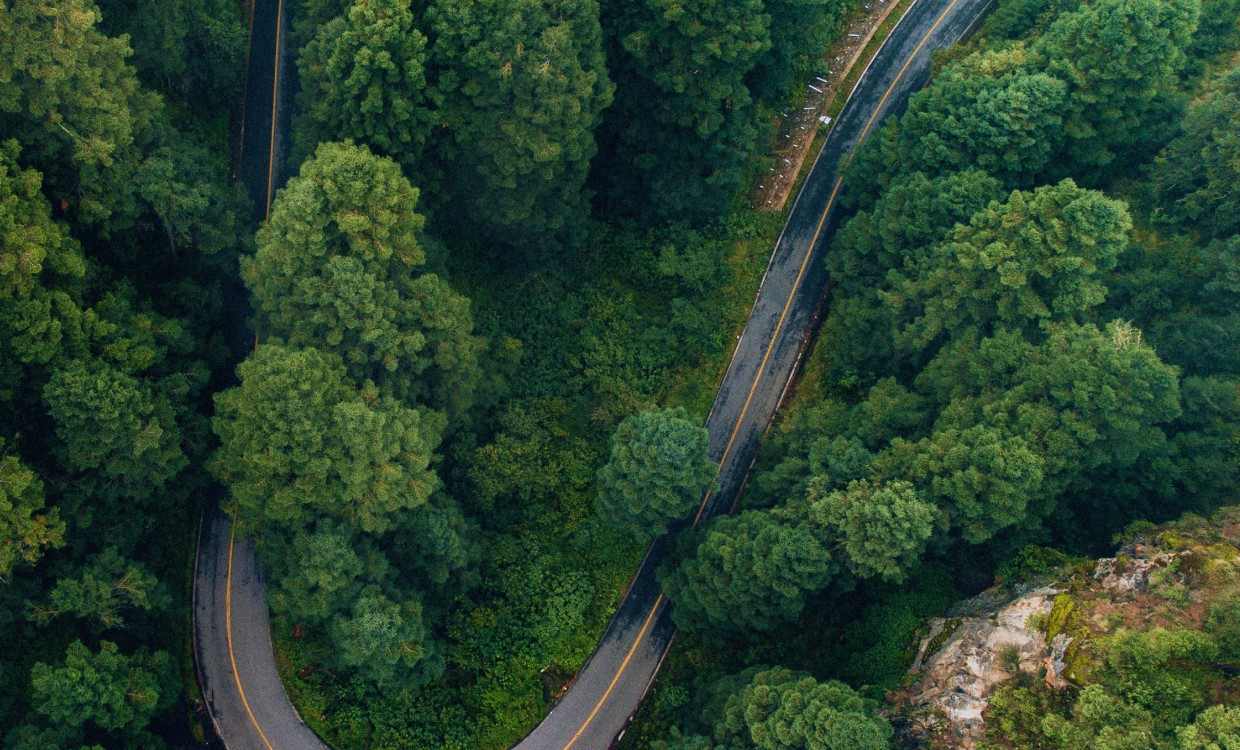For companies in the consumer packaged goods (CPG) industry, water isn’t just an input—it’s a critical dependency. It irrigates the ingredients in a snack bar. It’s embedded in the production of detergent and cosmetics. It powers cleaning cycles, cooling systems, and even consumer use.
And increasingly, it’s a source of business risk.
From multi-year droughts across California and southern Europe to groundwater depletion in India and pollution in Southeast Asia, water-related disruptions are becoming more common, more severe, and more unpredictable. They’re affecting everything from raw material supply to manufacturing continuity, regulatory compliance, and brand reputation.
Between 2020 and 2025, CPG companies have had to rethink their relationship with water—not just to meet sustainability targets, but to protect business continuity and license to operate. As the pressure mounts, we’re seeing the beginnings of a transformation: a shift from siloed water-saving initiatives to integrated, technology-enabled water stewardship.
Let’s take a closer look at what that shift looks like, what’s driving it, and what leading companies are doing differently.
A Perfect Storm of Water Risk
Water risk in the CPG industry is multi-dimensional, combining physical, regulatory, reputational, and financial pressures. What makes it especially complex is that it doesn’t just sit within a company’s direct operations—it permeates global supply chains and even consumer use.
Here’s how that risk is playing out around the world:
Water stress in production regions
Many CPG plants are located in or source from regions facing “high” or “extremely high” baseline water stress—from Mexico and South Africa to parts of China and India. In Chennai, a major production hub for multiple multinationals, the 2019 water crisis forced factories to rely on trucked-in water. In California, water shortages during the 2020–2022 megadrought hit tomato and almond yields, rippling through supply chains.
Agricultural water dependency
CPG companies rely heavily on water-intensive crops like sugarcane, corn, wheat, and palm oil. But agriculture accounts for over 70% of global freshwater withdrawals—and as water becomes scarcer, farming is on the front line. In India, erratic monsoons are impacting yields of potatoes and rice. In East Africa, coffee and tea production is being disrupted by changing rainfall patterns. These pressures translate directly into supply chain risk for food and beverage brands.
Rising regulatory pressure
Water governance is tightening. Chile’s updated water code now prioritizes human consumption, potentially limiting industrial access. In northern China, water quotas for high-stress regions are affecting industrial operations. And in Europe, the Water Framework Directive is pushing companies toward best-in-class wastewater treatment and reduced discharges.
Investor and consumer scrutiny
Water risk is increasingly tied to financial performance. CDP’s Water Security questionnaire has become a standard for disclosure. Major investors are using water data to assess long-term resilience. And consumers are demanding transparency and action—especially in markets with acute local water concerns.
In this context, water can no longer be managed as a static utility cost. It’s become a strategic variable—one that companies need to actively monitor, model, and mitigate.
From Risk to Resilience: How Technology is Transforming CPG Water Stewardship
While water risks are escalating, so too is the industry’s capacity to address them. Over the past five years, we’ve seen remarkable progress in how CPG companies are using technology to manage water more efficiently, proactively, and contextually.
Here are a few key innovations reshaping the way the industry approaches water:
1. Real-time monitoring for real-world savings
IoT-enabled sensors and digital water platforms are allowing companies to detect leaks instantly, track usage across facilities, and optimize water cycles based on real-time data. Instead of guessing at where the water goes, companies now have full transparency—enabling fast, targeted interventions.
2. Smart reuse and closed-loop systems
Facilities are increasingly adopting water recycling systems, treating and reusing process water on-site to reduce withdrawals. Nestlé’s “zero water” factories, for example, recover water from milk and reuse it throughout operations—enabling some plants to function without drawing a single drop from external sources.
3. Process redesign and equipment upgrades
Whether it’s switching from water-based lubrication to dry options on bottling lines, or using air jets instead of water to rinse bottles, efficiency is now built into the design. PepsiCo’s UK crisps factory even reuses water extracted from potatoes—cutting usage by nearly 45%.
4. Agricultural water optimization
To address the water-intensive nature of its supply chain, the industry is investing in drip irrigation, precision farming, and drought-resistant crops. These changes aren’t just sustainability wins—they’re securing supply in the face of climate volatility.
5. Consumer product innovation
Forward-looking companies are designing water-smart products for end users—like rinse-free shampoos and fast-rinse soaps—to reduce the water footprint beyond the factory gate.
Technology alone isn't a silver bullet. But it's become the backbone of any serious water strategy in CPG.
Staying Compliant With Water Stewardship
Some CPG companies aren’t just reacting—they’re redefining what water stewardship looks like across the value chain. A few standouts: PepsiCo is pushing toward a “net water positive” goal by 2030, aiming to replenish more water than it consumes in high-risk basins. By 2025, it had already reduced water use per unit of production by 25%, and rolled out major community water access projects in India, Mexico, and Sub-Saharan Africa. Coca-Cola has long been a pioneer in replenishment, and is now focused on embedding resilience—treating 100% of its wastewater, engaging in over 500 watershed protection projects, and partnering with NGOs like WWF to restore natural flows. Unilever is innovating on both the product and operations front—reformulating conditioners to rinse out faster, and achieving water-neutral factories in some regions by combining rainwater harvesting, recycling, and community offset projects. Nestlé has deployed closed-loop systems in high-risk areas, dramatically reducing water withdrawals. Its Alliance for Water Stewardship-certified sites reflect a commitment to shared water governance and watershed-level collaboration. L’Oréal is advancing “waterloop” factories—where 100% of process water is reused—and scaling water-efficient salon tech, like its Water Saver system that cuts rinse water by up to 80%. These leaders are proving that water stewardship can be embedded in everything—from supply chains and R&D to marketing and policy advocacy.
What Comes Next?
Water is fast becoming a differentiator. Not just in how products are made—but in how companies operate, innovate, and show up in the communities where they work.
The CPG sector’s next challenge is scaling from pilot projects to systemic impact. That means:
Embedding water context into every decision, from site selection to product design
Collaborating across industries and watersheds to drive collective action
Linking water data to financial performance, enabling smarter investment and disclosure
Engaging consumers and suppliers as partners in conservation
At Waterplan, we believe in equipping organizations to move from reactive to resilient. Because in a water-constrained future, the companies that thrive will be the ones that see water not just as a resource—but as a responsibility.
ブログ
Get insights, expert analysis and tips on measuring, reporting, and responding to water risk





